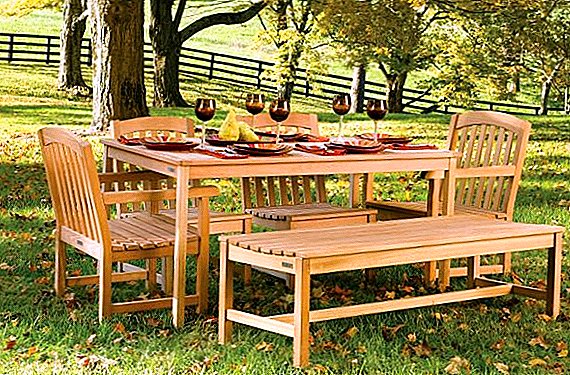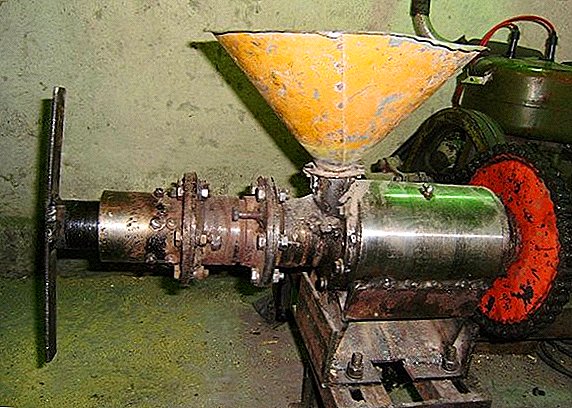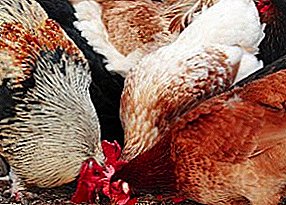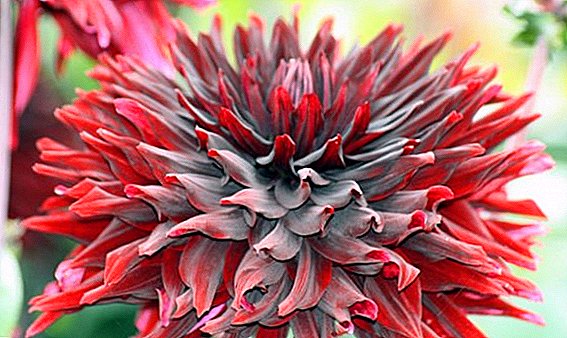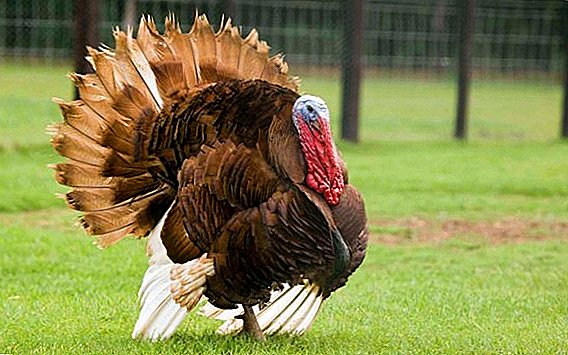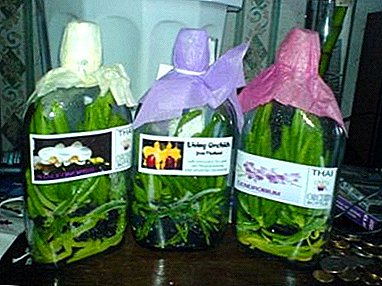
Thai Orchid is a very beautiful indoor plant. It is sold in a sealed bottle of agar-agar solution (special nutrient gel).
Although its export from Thailand is considered to be smuggling, anyone can buy such an orchid.
This article describes in detail the secrets of choosing a Thai orchid and all the nuances of caring for it at home are noted.
Where to order?
Seedlings in each bottle can be from 10 to 40, because the price of a bottle varies considerably, but on average there are about 20 thousand. The price of an orchid at private traders can vary greatly..
How to choose?
Best of all in a sealed bottle, according to experts, grow from a sprout into an adult plant:
- oncidium;
- phalaenopsis;
- Cattleya;
- wanda.
You can find out the variety of plants on the label pasted on the bottle.
Growing speed is an equally important criterion. Phalaenopsis sprouts begin to bloom in about two or three years, cattleya or vanda sprouts bloom in five to seven years, in special cases, bloom lasts up to ten years. Hybrids are often able to please the eye with their flowers, as they bloom annually..
Types of colors available for sale and their photos
The following types are on sale. Learn more about them and look at the photo.
Phalaenopsis

Phalaenopsis has pink flowers with an interesting pattern, resembling a moth. Healthy phalaenopsis has fleshy leaves of dark green color with a wax shine. The plant has green roots, densely sitting in a substrate.
- Phalaenopsis is a light-loving plant, so you need to keep it on a windowsill or in another well-lit place.
Direct sunlight can cause burns in a flower, so it’s better to put it on the west or east side.
- To stimulate flowering, you must comply with a certain temperature:
- in summer the temperature should be around 24-26 degrees;
- and in winter it is worth a couple of weeks to lower it to 15-17 degrees.
Phalaenopsis blooms for three to six months with proper care.
Wanda

The size of vanda flowers can reach up to 15 centimeters in diameter, colorful or monophonic. The stem of a vanda is cylindrical, on it there are densely belt-shaped or rolling bright green leathery leaves. The roots are greenish-gray in color, the air is usually very developed.
Unfortunately, not all types of vanda have fragrance. Most often, vanda hybrids can be found on sale, the temperature requirements of which can vary significantly (it is possible to determine a comfortable temperature while observing the plant: when the appearance of new organs takes place most intensively, it means that the desired temperature is found).
Humidity should be about 80%.
- At elevated temperatures in the room it is worth spraying the leaves to reduce evaporation (however, stagnation of moisture in the leaf axils can lead to their rotting).
- From improper lighting, Wanda falls ill; To prevent flower disease, you need:
- arrange it on the south window in winter;
- and move to western in summer.
- If in the summer time to leave the plant on the south window, it will get burned.
We offer to watch a video about the features of growing Wanda orchid:
Cattleya

The size of the flower Cattleya varies from 5 cm to 15 cm. Flowers terry, often monophonic. Flowering lasts about a month in the autumn-winter period. The stem consists of shortened tuberidias, branching is sympodial.
Leaves shine, saturated green color. Only an adult and sufficiently strong plant with at least four pseudobulbs is capable of blooming.
- In the summer, it is worthwhile to place the plant on the south side of the house.
- Cattley need to be watered once a week or a half.
- In the summer, this plant makes high demands on the humidity of the air, in the winter - reduced.
We offer you to watch a video about the features of growing Cattleya orchids:
Oncidium

Very diverse in appearance and origin of the plant. This type of orchid is unpretentious, but it will bloom only with proper care. Flowering occurs every 8-12 months, flowers with a diameter of 1.5 to 3 cm.
This culture is very demanding for temperature:
- there is cold-loving (+ 7-15 ° C);
- moderate (+ 12-20 ° C);
- and heat-loving (+ 20-25 ° C).
The fluctuations in day and night temperatures should not exceed 3–4 degrees, and oncidiums do not tolerate drafts well. In the fall, new shoots are brewing; for the plant.
Dendro-phalaenosis

This plant does not require complex care and is often able to please the eye with its beauty. Flowers resemble the wings of butterflies, there may be a variety of colors. The temperature for dendrophalenopsis is not too important, it develops well at room temperature.
Dendrofalenopsis does not have a rest period and is able to bloom at any time of the year. Flowers of the Dendro-phalaenosis hold for about a month. The plant is more light-loving than phalaenopsis, but you should avoid direct sunlight in the summer.
These are the main types available on the market, but in fact the list is much longer.
Features of Thai plants
The characteristics of such orchids depend on their species. Each species requires specific conditions of detention. But, as a rule, in general, they are more thermophilic, light-requiring and have increased requirements for irrigation and air humidity. Thai orchids are also distinguished by their larger and more beautiful flowers.
When do you need a bottle transplant?
- In the absence of damage to the bottle and a sufficient amount of agar-agar should give the plant a rest after moving two or three weeks.
- When the seedlings begin to germinate, it is necessary to carefully remove them from the bottle and transplant it into the pot.
- This should be done in humid air and high temperature (about +20 degrees).
We offer to watch a video on how to properly transplant an orchid from a bottle:
Care
 How to transplant an orchid from a bottle:
How to transplant an orchid from a bottle:
- Break the flag, get the grown seedlings.
- Rinse the roots carefully.
- Replant them in the hills with disinfected moss to strengthen the roots.
- Cover the pot with glass, imitating the conditions of the tropics.
- Choose condensate daily and air seedlings to avoid rotting.
How to care for seedlings:
- Each plant species needs its own temperature, air humidity, lighting and watering mode.
- It is necessary to feed in spring and autumn no more than once in two weeks, in winter - once in two months.
- Do not feed sick plants or immediately after transplantation.
How to multiply:
- Carefully remove the plant from the pot.
- Cut the cleaned roots.
- To grow on each root three pseudobulbs.
- To process cuts with coal.
- Transplant in a pot.
Thus you can propagate the orchid by dividing.
Bloom
Each type of orchid has its own period of flowering and peace.. As a rule, flowering can be achieved by observing the light mode, watering mode, creating a suitable humidity and temperature.
If the flowers did not appear, the conditions of detention should be changed to more suitable ones, then the orchid will surely blossom.
Purchase problems
You can stumble upon a non-bona fide seller who will sell a flower that is not quite healthy, because you need to know the signs of the disease of seedlings in advance.
Disease prevention
 Preventive measures:
Preventive measures:
- Take care and keep the new flower away from the rest.
- Do not leave the plant in direct sunlight.
- Prevent rotting of roots by overflows.
- When transplanting or pruning, sterilize the instrument in hot water.
- Provide suitable air humidity and ventilation.
By following these simple rules, many orchid diseases can be avoided. It is easier to prevent the disease than to treat it.
Undoubtedly, the Thai orchid is one of the most beautiful potted flowers. With proper care, it can please the owner with beautiful flowers and fragrance. Nurture your orchids right, and in gratitude you will receive beauty and comfort in your home.


